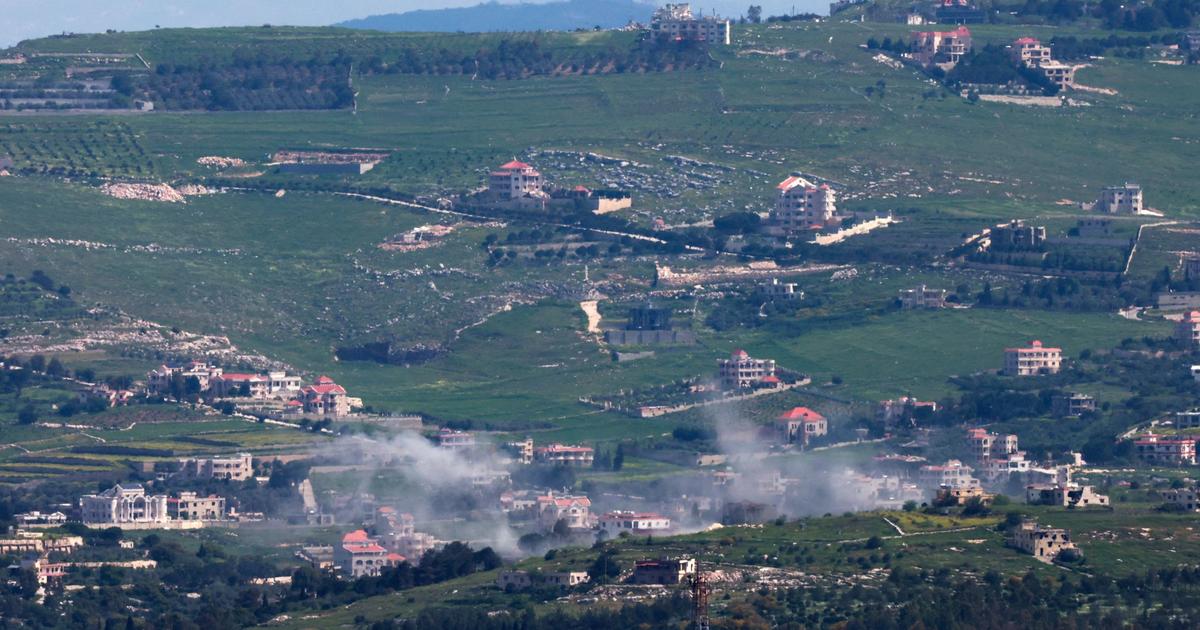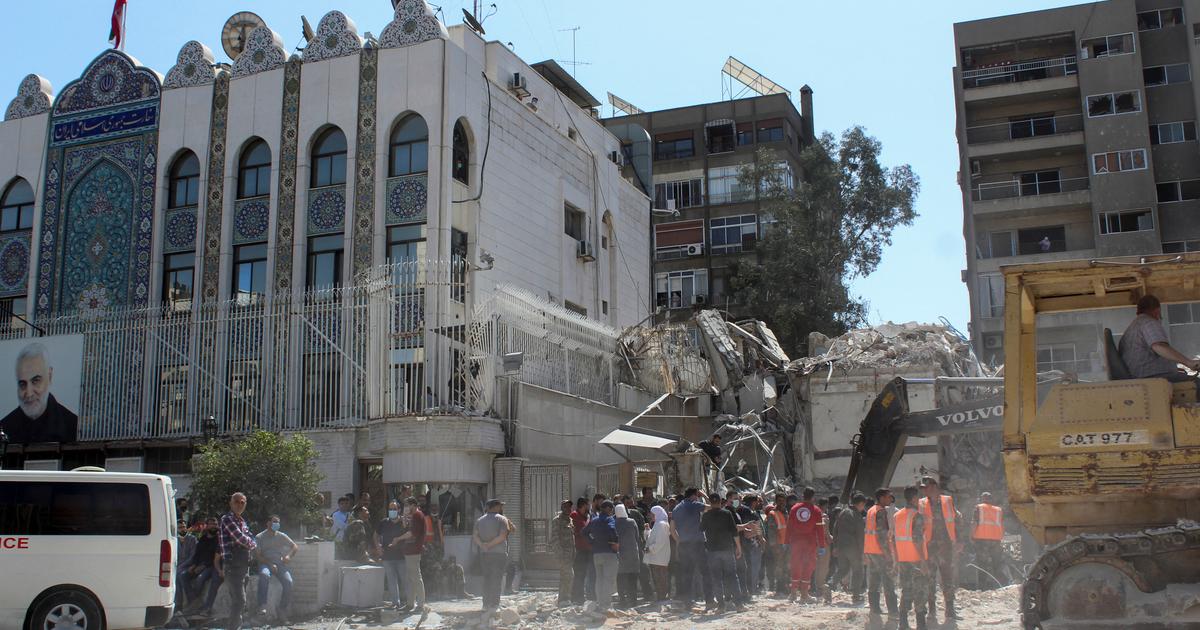Damascus-SANA
Syria constantly affirms that the occupied Golan is an integral part of its territory, and that it is working to return every iota of its soil by all available means, as it is an eternal right that does not expire by statute of limitations.
Syria stresses that the Israeli occupation's measures in the Golan are invalid, and violate international law and the United Nations Charter, and that the entire universe cannot change the historical fact that the Golan was and will remain Arab and Syrian.
The total area of the Golan is estimated at 1860 square kilometers.
164 villages, the number of villages in the Golan before its occupation in June 1967, in addition to 146 farms.
153,000, the number of people in the Golan, according to the 1966 census.
- 1250 km2, the area occupied by “Israel”, in the wake of the 1967 aggression.
137 villages and 112 farms fell under occupation, in addition to the cities of Quneitra and Wafik.
The Israeli occupation destroyed 131 villages and 112 farms, and committed the most heinous massacres against its people and expelled them.
– 138 thousand, the number of the people of the Golan in the occupied part, 131 thousand of them were abandoned by the occupation, and 7 thousand remained in 6 villages, which are: Majdal Shams, Masada, Baqatha, Ain Qunya, Ghajar, Sahita, and the number reached 25 thousand at the end of 2022.
The occupation besieged the 6 villages, isolating them from each other, and preventing their residents from communicating with their families back home, but that did not prevent them from resisting it and rejecting its colonial practices.
- The occupation later abandoned the people of the village of Sahita to Masada, and destroyed the village and turned it into a military site for its forces.
The occupation worked to change the geographical and demographic features of the Golan, and established 35 settlements on the ruins of the villages it destroyed, and there are currently about 30,000 settlers.
- 76 minefields in the Golan, in which the occupation laid about two million mines of various cluster bombs and deadly types, some of them in and around populated villages.
On November 22, 1967, UN Security Council Resolution 242 was passed, which stipulated the withdrawal of “Israel” from the lands it occupied in 1967, including the Golan Heights.
- October 6, 1973, the start of the October Liberation War to erase the repercussions of the June 1967 setback, restore rights and liberate the land.
The Syrian Arab Army wrote heroic and honorable epics during the war, and the Israeli enemy suffered great losses.
On October 22, 1973, UN Security Council Resolution 338 was passed, which stipulated the need to implement Resolution 242 in all of its parts.
After the October War of Liberation and the War of Attrition that followed, the Disengagement Agreement was signed in May 1974.
On June 26, 1974, the founding leader Hafez al-Assad raised the nation's flag over the sky of Quneitra after its liberation from the Israeli occupation.
1150 km2, the remaining area of the Golan under occupation.
On March 25, 1981, the people of the Golan issued the national document in which they affirmed that the occupied Golan is an integral part of Syria, and that the Syrian Arab nationality is an inherent characteristic that does not disappear, and is passed on from parents to children.
On December 14, 1981, the occupation announced its invalid decision to “annex the Golan” and impose its laws and jurisdiction over it.
- December 17, 1981, UN Security Council Resolution 497 was issued confirming the identity of the Syrian Arab Golan, and the annexation decision is considered null and void, and has no legal effect.
On February 14, 1982, our people in the Golan responded to the false annexation decision by announcing a national strike that lasted for 6 months. Demonstrations spread throughout the Golan, rejecting the racist decision.
On March 30, 1982, the occupation announced that it would impose the “Israeli identity” on the people of the Golan. On the first of April, its forces stormed the occupied villages and abused the people.
On April 1, 1982, the people fought the “Battle of Identity”, confirming their adherence to their Syrian Arab identity and rejecting the occupation’s decision, as they burned “Israeli identities” in front of its heavily armed forces.
July 1982, after more than 6 months of strike, the occupation was forced to yield to the demands of the people of the Golan and back down from its racist plan, to impose the “Israeli identity” on them.
– The people of the Golan presented a convoy of martyrs in defense of their land, among them.. Izzat Shakib Abu Jabal, Nazih Abu Zaid, Ghalia Farahat, Nazih Mahmoud, Hayel Abu Zaid, Sitan al-Wali, Asaad al-Wali.
On August 27, 2014, the occupation closed the Quneitra crossing, which is the only legal crossing for the people of the occupied Golan to communicate with their homeland, Syria, and to market their agricultural crops “apples and cherries” there.
On October 30, 2018, the people of the Golan held a sit-in in the town of Majdal Shams, rejecting the so-called “local council elections.” They prevented the occupation authorities from holding them and burned the “electoral cards.”
– March 25, 2019, US President Donald Trump announced his illegal decision to “annex the Golan” to the occupying entity, and Syria affirmed its absolute and categorical rejection of the decision, which represents the highest degree of contempt for international legitimacy, stressing that the entire universe cannot change the historical fact that the Golan was and will remain. Syrian Arab.
The Syrians organized protest stops in all governorates, in rejection of Trump’s decision, stressing that it is organized international terrorism, and that the occupied Golan is Syrian Arab, and will return to the homeland.
March 25, 2019, Secretary-General of the United Nations, Antonio Guterres, says: The status of the occupied Syrian Golan has not changed, and it is reflected in the resolutions of the Security Council and the General Assembly, and the resolution was met with widespread international rejection.
In March and April 2019, the people of the Golan held vigils to reject Trump’s decision, stressing that it is illegal and violates the relevant United Nations resolutions.
On June 14, 2019, the occupation announced the establishment of a settlement called “Trump” on an area of about 276 dunums of the lands of the displaced village of Al-Qanabeh in
occupied Golan.
– June 18, 2019, a comprehensive strike by our people, rejecting the colonial occupation’s plan to establish wind turbines on about 6 thousand dunums of their land.
- February 2, 2020, a second comprehensive strike by the people of the Golan, rejecting the Judaizing wind turbines scheme.
– December 9, 2020, a third strike in rejection of the turbine plan and the occupation forces’ assault with bullets and poisonous gas on our people who were holding a sit-in on their lands, which led to the injury of dozens.
-October 11, 2021, our people organized a protest in the village of Masada, rejecting the occupation government's holding a provocative meeting on the Golan Heights and announcing a plan to establish 7 thousand settlement units, to double the number of settlers in the Golan Heights.
– December 26, 2021, the occupation government held a meeting in the Golan Heights, during which it announced the establishment of two new settlements on its land that would include 12,000 settlement units, and Syria confirmed that this is a clear violation of the rules of international law, the Fourth Geneva Convention, and Security Council Resolution 497, stressing that it
It works to restore the entire Golan Heights by all available means guaranteed by international law, as it is an eternal right that does not expire by statute of limitations.
On April 29, 2022, our people in the Golan set up an open sit-in tent in the al-Manfukha area, east of the displaced village of Baraka, in rejection of the turbine plan, calling on the international community to stop it.
– May 14, 2022, our people in the Golan organized demonstrations in Sahita, Al-Hafayer and Al-Manfouha, in rejection of the Turbines plan, which threatens to seize their lands.
- June 11, 2022, a protest stand for our people in the Marj Al-Yafouri area, between the villages of Masada and Majdal Shams, confirming the continuation of the struggle to thwart the settlement turbine scheme.
The General Assembly of the United Nations annually renews the adoption of resolutions confirming that the Golan is Arab and Syrian, and that the actions of Israel, the occupying power, are invalid, and it must completely withdraw from it until the line of June 4, 1967, and the need to implement the relevant Security Council resolutions, foremost of which is Resolution 497.
Follow SANA's news on Telegram https://t.me/SyrianArabNewsAgency









